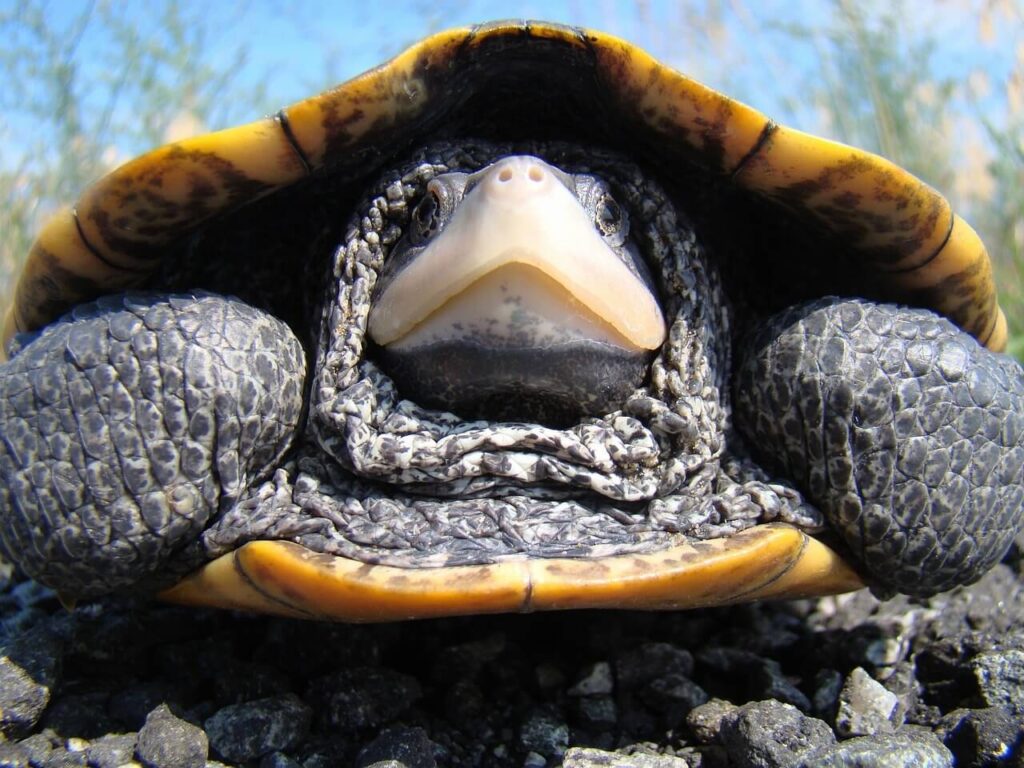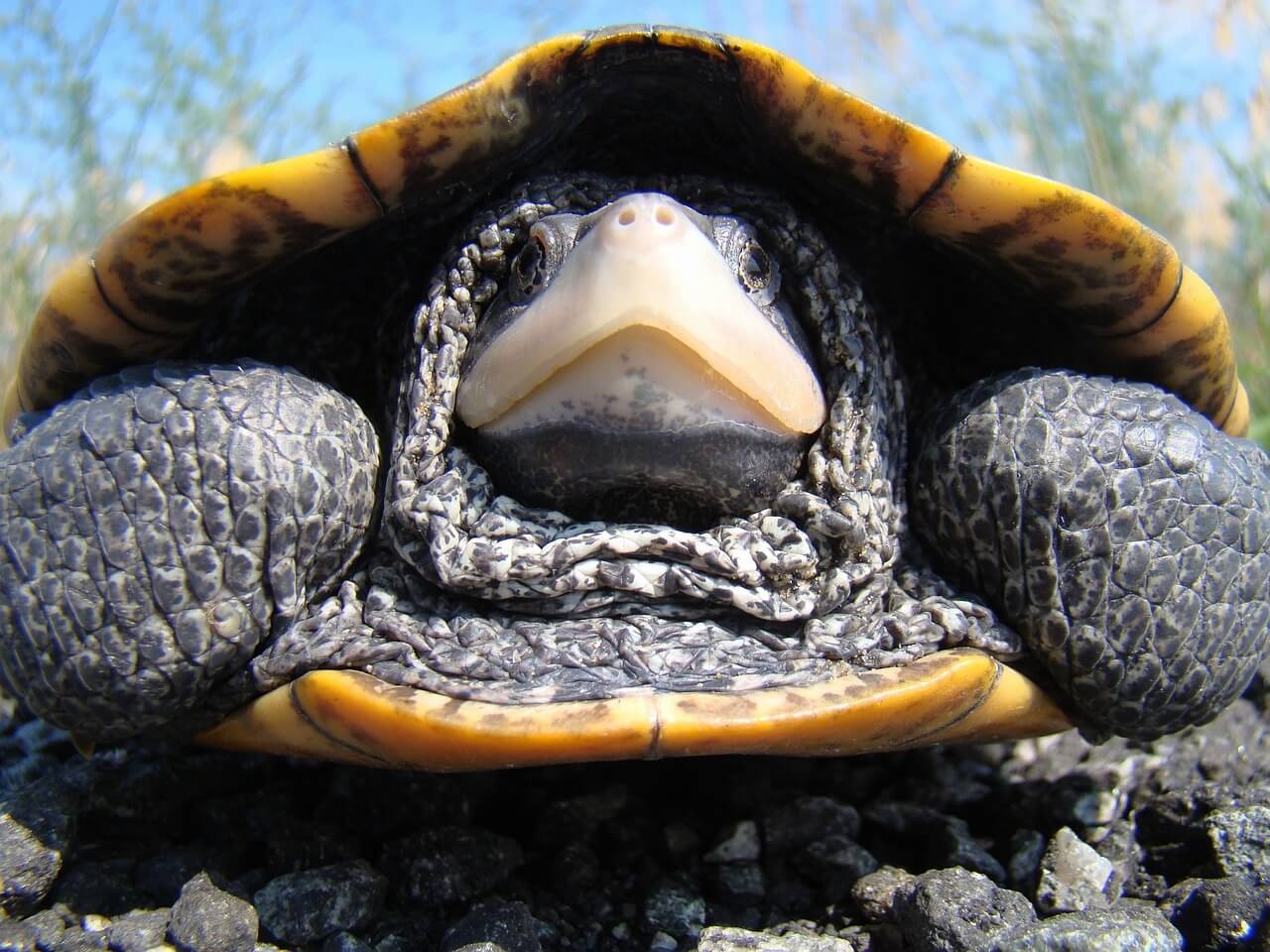Introduction
Snapping turtles are remarkable reptiles that have inhabited our planet for millions of years. These ancient creatures play a crucial role in our ecosystem, but like all animals, they can face health issues. In this guide, we will explore the uncommon and expert advice on caring for a snapping turtle with health problems.
Identifying Health Problems

Understanding the signs and symptoms of health problems in snapping turtles is the first step in providing proper care. Below are some key indicators:
Physical Symptoms
- Shell Abnormalities: Shell deformities can result from various causes, including injuries and metabolic bone disease. Look for irregularities, cracks, or soft spots in the shell.
- Skin Infections: Skin issues like redness, swelling, or open sores can be indicative of bacterial or fungal infections. Pay attention to changes in the texture and color of the skin.
- Respiratory Distress: Turtles with respiratory problems may exhibit labored breathing, wheezing, or nasal discharge. This could signal infections or lung issues.
- Unusual Behavior: Lethargy, loss of appetite, or a noticeable change in behavior can also be signs of underlying health problems.
Immediate Care
When you identify health issues in your snapping turtle, it’s crucial to take swift action. Here’s what you should do:
Quarantine the Turtle: Isolate the sick turtle in a separate enclosure to prevent potential spread of infection to other turtles in the same habitat.
Consult a Reptile Veterinarian: Seek the expertise of a veterinarian with experience in reptile care. They can diagnose the specific health issue and recommend appropriate treatment.
Nutrition and Hydration
Proper nutrition and hydration are fundamental to nursing a sick snapping turtle back to health. Here are some key considerations:
- Balanced Diet: Offer a well-rounded diet that includes a variety of foods. Snapping turtles are omnivores, so provide a mix of aquatic plants, insects, small fish, and even some commercial turtle pellets. Be sure to vary their diet to ensure they receive all necessary nutrients.
- Supplements: Consult your veterinarian for recommendations on calcium and vitamin supplements. These can help address specific deficiencies and support overall health.
- Hydration: Ensure your turtle has access to clean, non-chlorinated water for drinking and soaking. Dehydration can exacerbate health issues, so maintaining proper hydration is essential.
Shelter and Habitat
Creating the right environment is vital for your snapping turtle’s recovery:
- Warmth: Maintain an appropriate temperature in the enclosure. Snapping turtles require a basking area where they can dry off and warm up. Use a heat lamp to create a basking spot with a temperature range of 85-90°F (29-32°C).
- Clean Water: Regularly clean the turtle’s water source and replace it with fresh, dechlorinated water. A clean habitat reduces the risk of infection.
- UV Lighting: Provide ultraviolet (UV) lighting to support the turtle’s calcium absorption. UVB bulbs specifically designed for reptiles can help prevent metabolic bone disease.
Medical Treatment
Your veterinarian will recommend specific treatments based on the diagnosis, but here are some common medical interventions for snapping turtles with health problems:
- Antibiotics: If your turtle has a bacterial infection, antibiotics may be prescribed. Follow the veterinarian’s instructions for dosage and duration.
- Antifungal Medications: In the case of fungal infections, antifungal medications may be necessary to clear the issue. Administer as directed.
- Wound Care: If your turtle has injuries or open sores, keep these clean and use topical ointments or wound dressings as recommended by your vet.
- Fluid Therapy: Dehydrated turtles may require fluids administered subcutaneously to rehydrate.
- Pain Management: For painful conditions, your veterinarian may prescribe pain-relief medication to ensure the turtle’s comfort.
Rehabilitation and Observation
Recovery can be a slow process, so patience is essential. Keep the following in mind:
- Isolation: Continue to isolate the sick turtle until it has fully recovered, to prevent further stress and infection.
- Regular Vet Visits: Follow-up with your veterinarian as recommended. They will monitor progress and adjust the treatment plan if necessary.
- Observation: Pay close attention to the turtle’s behavior, eating habits, and any changes in health. Report any concerns to your veterinarian promptly.
Conclusion
Caring for a snapping turtle with health problems requires dedication, knowledge, and expert guidance. By promptly identifying health issues, seeking veterinary care, providing proper nutrition and hydration, and creating an optimal habitat, you can increase the chances of nursing your snapping turtle back to health. Remember, always consult with a reptile veterinarian to ensure the best care for your beloved reptilian friend.



